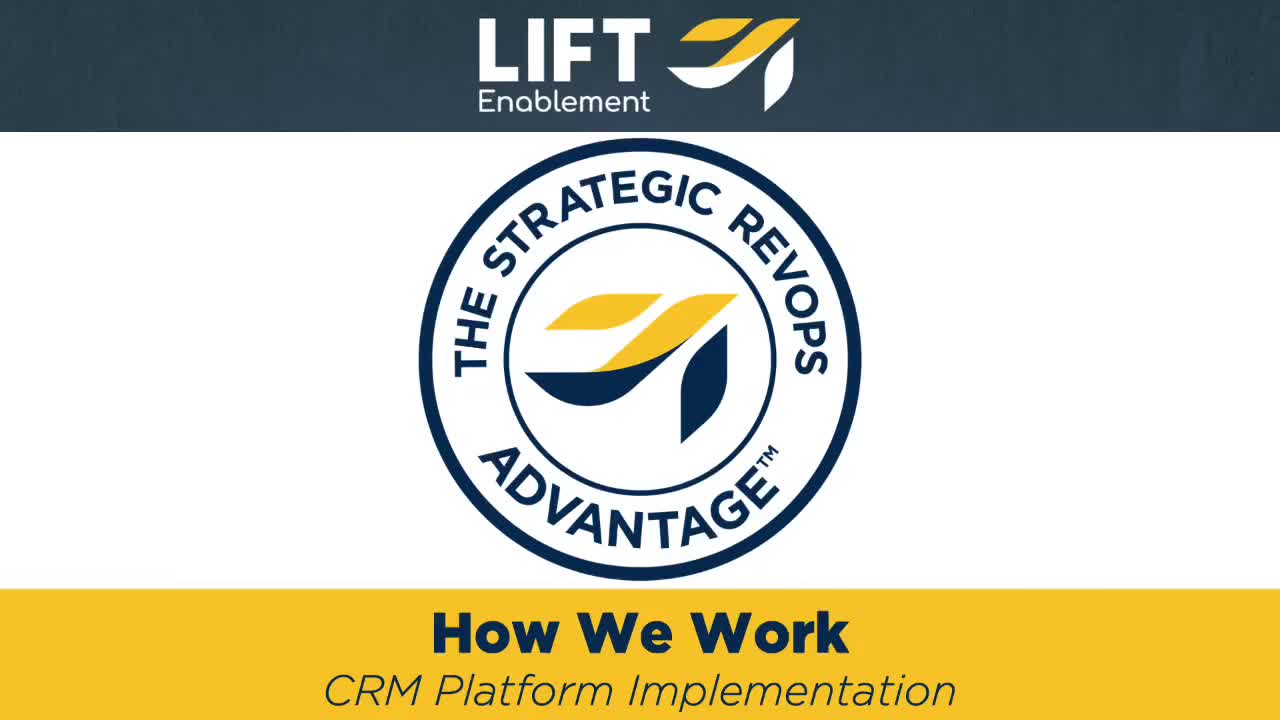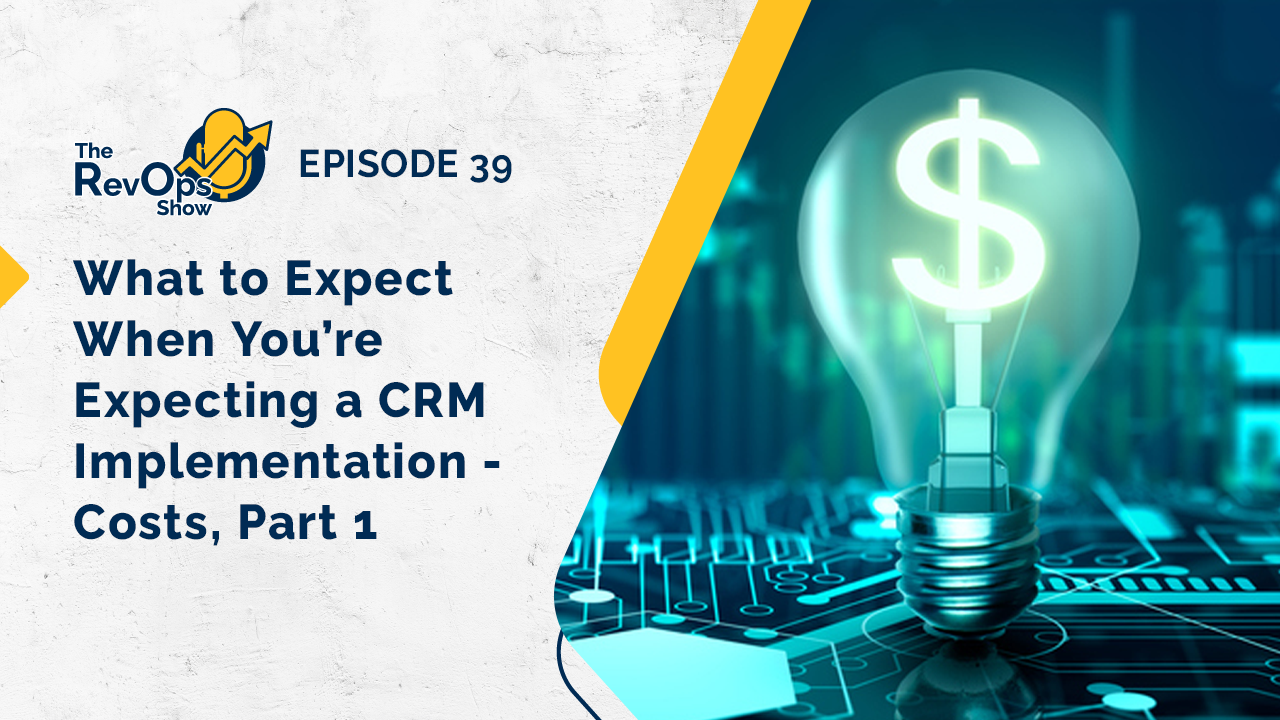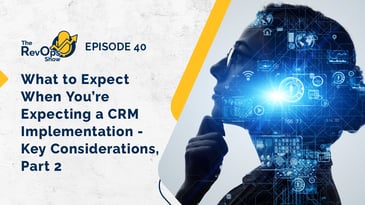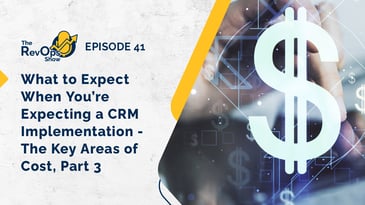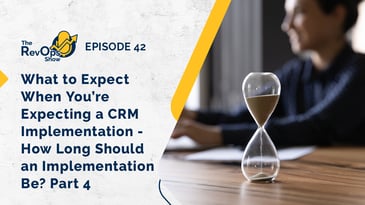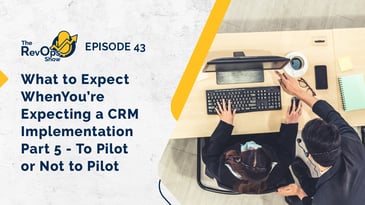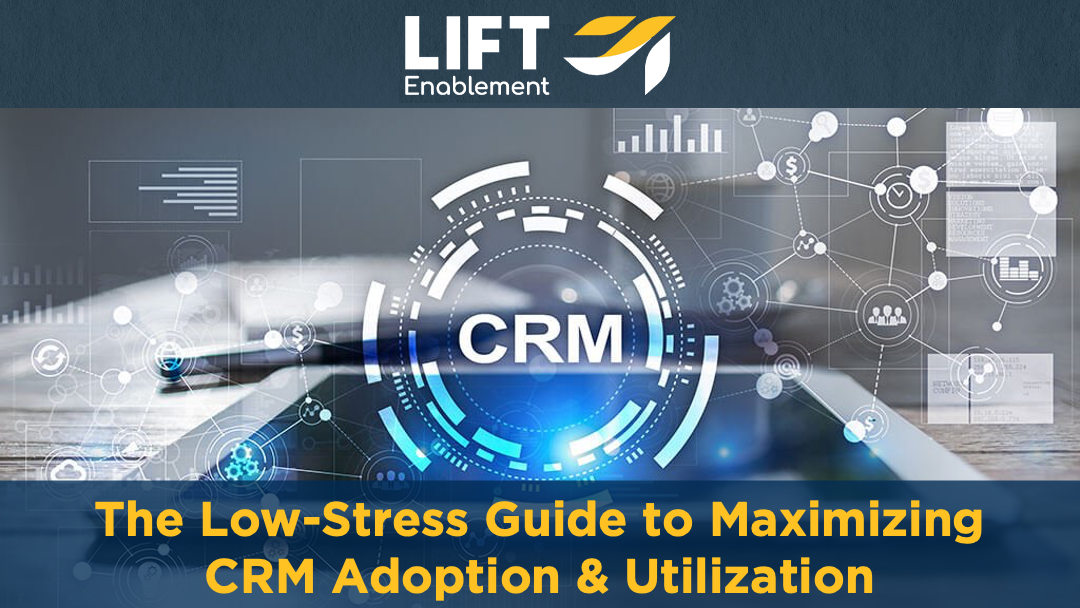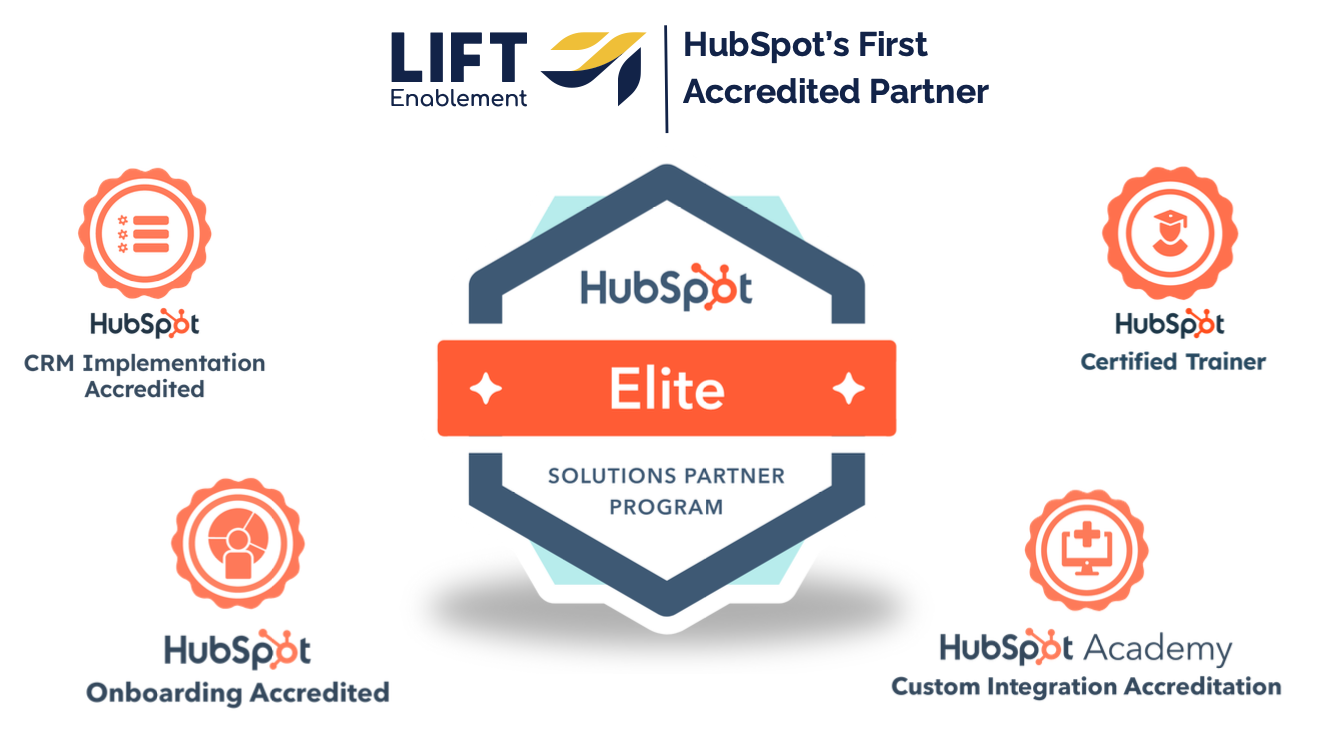Unfortunately, there’s no set answer for this question. It's dependent on quite a few things: the type of implementation or migration, the number of users, how many entities in the data migration, and the amount of data we're migrating and in how many pieces.
In fact, there are so many factors, that we recorded an entire podcast episode about it, if you’d like a deeper dive.
However, I will say that most people think of the cost as the price of the implementation, when it’s far more complicated.
Here are some other costs:
- The cost of mistakes - At Lift, we’re called on to fix a lot of botched CRM implementations performed by other companies. That’s a big cost.
- Hidden costs - Friction is a hidden cost. For example, the average salesperson sells only 30% of their day because they’re so busy with administrative tasks. If you can boost that to a modest 35% with a new CRM, this new efficiency is the equivalent of hiring one new salesperson for every five current salespeople.
- The cost of the status quo - What’s the cost of not making a change? You may not think there’s a cost, but there is.
- The cost of change - There’s also the non-financial cost of changing to a new system, like a downturn in adoption and utilization. This doesn’t mean you shouldn’t incur that cost, but you should plan for it. For example, a well-designed system and excellent training can help mitigate that change.
We are happy to sit down with prospective clients and give you a quote.

